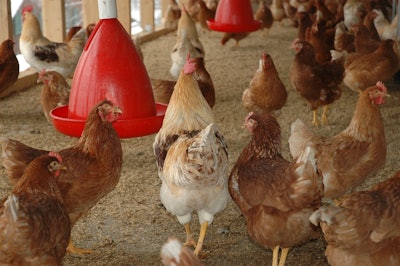
The U.S. Department of Agriculture (USDA) has announced the finalization of a new rule designed to foster inclusive competition and market integrity within the livestock and poultry sectors. Named the Inclusive Competition and Market Integrity Under the Packers and Stockyards Act, the rule will take effect 60 days after its publication in the Federal Register.
Aimed at combating discrimination, retaliation, and deception in contracting, the new rule will help producers and growers who have been disadvantaged by market consolidation. Secretary of Agriculture Tom Vilsack emphasized that the rule is part of a broader effort by the Biden-Harris Administration to build fairer, more resilient and competitive markets for farmers, ranchers, and producers.
The Inclusive Competition Rule sets out clearer standards to prevent:
- Adverse treatment of livestock producers and poultry growers based on race, color, religion, national origin, sex, disability, marital status or age, including discrimination against producer cooperatives.
- Retaliation against those engaging in protected activities, such as asserting contractual rights or exploring business relationships with competing entities.
- Deceptive practices in contract formation, performance, and termination, including false statements or omissions of material information.
This rule also includes recordkeeping requirements to support USDA's monitoring and enforcement efforts. USDA Senior Advisor for Fair and Competitive Markets, Andy Green, stated that competitive and honest markets are essential for delivering quality products and prices.
The Inclusive Competition Rule is part of a suite of rules initiated under President Biden's Executive Order on Promoting Competition in America’s Economy, aiming to enhance transparency, and market fairness, and encourage competition in agricultural markets. More details on the rule can be found on the Agricultural Marketing Service’s website dedicated to the Inclusive Competition Rule.


















